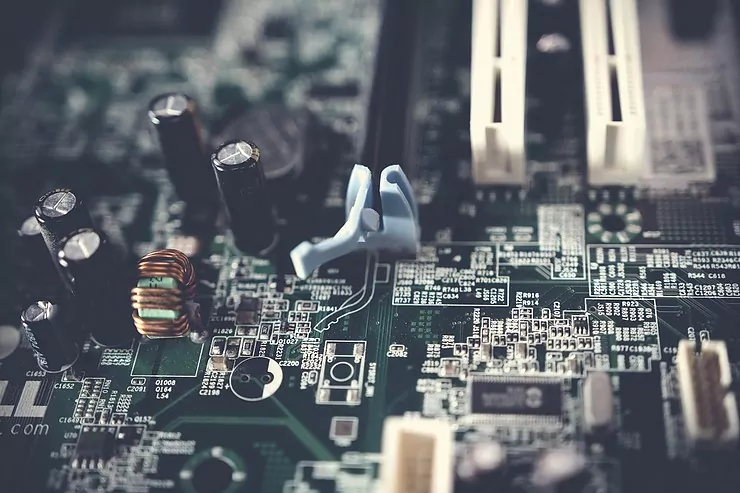The success of hardware companies, particularly startups, greatly depends on their product development practices and how they choose to launch their products into the market.
In this era of cut-throat competition and the race to exploit thrilling prospects, many in the domain of the IoT, there’s a yearning and a necessity to incorporate sophisticated technology into all types of products.
As a result, these products are becoming more intricate. And, this intricacy can yield mistakes. Tons of mistakes!
Incompetent product manufacturing and design can nosedive not only product inaugurations but also careers — and even businesses. In this article, we discuss three of the most common hardware product development mistakes — and how to dodge them.
1. FAILING TO DEVELOP A PROTOTYPE OPERATING IN DIFFERENT SETTINGS
Suppose you have manufactured a great hardware product that operates well at higher altitudes. What happens when the same prototype is brought closer to the sea level?
Queries like these must be countered before you start delivering defective products to consumers.
And, if you manufacture hardware prototypes for the healthcare, automotive or aerospace industry, product testing under several different settings becomes even more serious.
So, it is vital for hardware product development companies to test their product for diverse settings and situations. This way, you’ll make sure that you don’t end up delivering faulty units to your consumers. After all, your integrity and your consumer’s conviction are at risk.
2. PAYING NO ATTENTION TO MARKET RESEARCH
Let’s be honest: every creator loves his/her idea. But, have you ever wondered what main factor influences the success of your hardware products?
Here’s the answer: your target audience.
Many hardware product development companies commit the mistake of skipping market research in order to quickly launch their products. As a result, they often come up with products that are either not much needed in the market, include redundant features or lack features that customers are looking for.
So, before you start your hardware prototyping, ask yourself two things: ‘Who am I developing this product for?’ and ‘What problem is my product going to solve for these individuals?’
Also, take a look at your competitors and see what they’re offering. This will help you differentiate your hardware products from theirs.
3. MISCALCULATING DEVELOPMENT OVERHEADS
It’s imperative to bear in mind how much you’ll be outlaying on hardware product development so as to have a decent profit margin.
Owing to the contemporary software simulation tools, prototyping can be done at a considerably lower cost as compared to manufacturing an expensive physical prototype by trial and error. However, the expense of developing your product at scale is what you must actually consider: assembling, warehousing, authorizations, packaging, and delivery. Also, keep in mind interruptions and faults that you may have to take care of.
So, it’s critical to consider all these factors while determining your sales value or you’ll experience no profit margin, along with delays in product development.
With a hardware product development specialist like AJProTech, you don’t have to worry about these mistakes. Let us take care of all your development woes while you focus on the bigger things!




